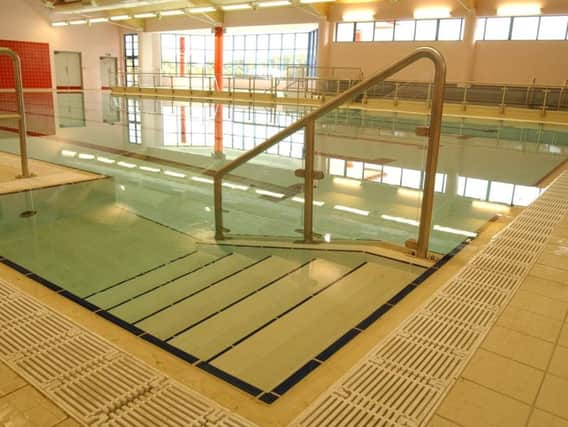We now know how much urine there is in swimming pools


But now we know that this is actually a rather unpalatable fact, thanks to research by scientists at Canada’s University of Alberta.
Quite how much urine a pool contains comes courtesy of those who decide to relieve themselves while taking a dip has been difficult to measure – until now.
Advertisement
Hide AdAdvertisement
Hide AdA large pool with about 833,000 litres of water contains around 75 litres of urine.
Admittedly, that’s a drop in well, a bathtub - not even 0.01%.
However, it’s still 75 litres. 16 gallons. 128 pints.
Not so sweet
This conclusion, which may cause water-lovers to hesitate the next time they reach for their swimwear, or at least keep an eye out for potential culprits, results from scientists finding a “urinary marker” in the form of a widely-consumed synthetic sweetener.
Acesulfame-K (ACE) is found in pre-packaged food and is excreted by the consumer, making it the ideal marker for measuring urine in pools and hot tubs.
Advertisement
Hide AdAdvertisement
Hide AdEven though urine only generally contains a low level of bacteria, its nitrogenous organics can react with the chlorine in pools to create disinfection byproducts (DBPs), which can be dangerous for swimmers.
Eye and respiratory irritation
“Exposure to volatile DBPs… in indoor swimming facilities can lead to eye and respiratory irritation and has been linked to occupational asthma” in professional swimmers and pool workers, the authors write in Sweetened Swimming Pools and Hot Tubs, published American journal, Environmental Science & Technology Letters.
The scientists measured the level of the sweetener in 31 pools and hot tubs in two Canadian cities to establish that “human urinary input in swimming pools is a public health concern”.
The sweetener was found in all 250 samples, with the concentration in the pools being 570 times greater than in tap water.
Advertisement
Hide AdAdvertisement
Hide AdTo reduce the levels of DBPs in swimming pool water, the scientists said water quality needed to be controlled and monitored, adding that education on personal hygiene in pools was important.
“We should all be considerate of others and make sure to exit the pool to use the restroom when nature calls,” said co-author Lindsay Blackstock.